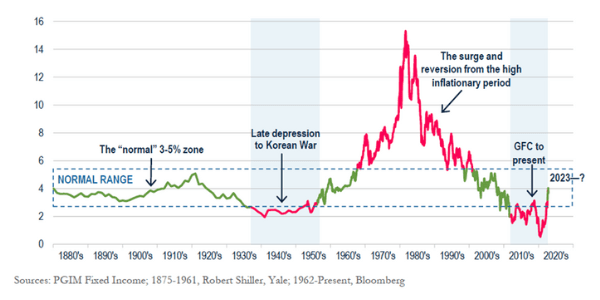As enthusiasts and collectors approach the later stages of their lives, the act of collecting takes on new dimensions. Some may be content to sell their collection and pass the proceeds on to heirs, but for others the treasures that have been amassed over the years are now an opportunity to leave a legacy that will continue to endure.
Here are four considerations to help navigate this phase of your collecting journey:
1. Legacy Planning and Succession Strategy
If you haven’t already, start to incorporate your collection into your broader estate plan. Decide how your treasures will be managed, preserved, or passed on. Engage with experts who specialize in collectibles and estate management, particularly those well-versed in the tax implications of transferring collections.
Consider which heirs will receive each item and why, taking into account their emotional significance and potential for instilling responsibility. If you aim to establish a philanthropic legacy, donating to a museum or organization aligned with your mission not only offers tax benefits but also ensures parts of your collection remain together.
2. Balancing Emotional and Financial Value
While financial considerations have likely played a role in your collecting journey, the emotional value of your treasures becomes increasingly significant as you near this phase. Embrace the joy and memories your collection evokes. If the next chapter is one that doesn’t fetch your estate the highest possible payout or the most optimal tax deduction, that can be OK if the destination fulfills your wishes and maximizes the emotional component of the transition.
3. Philanthropy & Impact
Consider the broader impact your collection can have. Some individuals opt for philanthropic endeavors that align with the themes of their collection. For example, a collector of classic cars may choose to donate his or her collection to an automobile museum that will display the vehicles and allow them to continue to provide joy for many. Donating items, contributing proceeds to charitable causes, or establishing cultural endowments can solidify your legacy as one that extends beyond material possessions.
4. Don’t Forget Logistics
Once you’ve established a robust plan for your collection, it’s crucial to have capable individuals ready to carry it out. For vehicles, consider arranging for an appraisal in advance or identify a trusted appraiser to guide those handling your estate. If you anticipate liquidating a coin collection after your passing, take the initiative to identify a reputable precious metals dealer beforehand. By personally selecting the third parties involved, you can alleviate the executor’s potential challenges in managing and distributing your collection.
As your collecting journey matures, it evolves into a narrative of legacy and stewardship. It’s important to recognize that your collection signifies not just an investment, but a testament to the diverse experiences of your life. Take the necessary time and consider that at Confluence Financial Partners, we’re here to help. Collaborating with the right professionals can help ease the burden and ensure both your life and legacy are maximized.

























